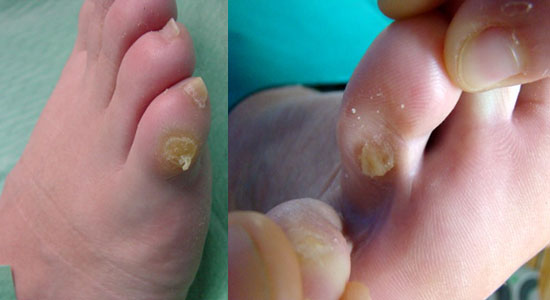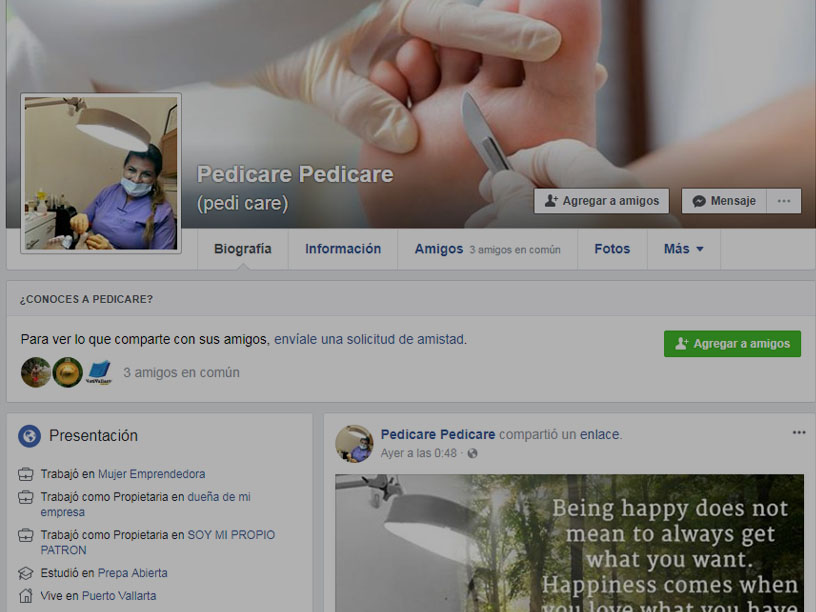Onychomycosis is the disease that most frequently affects the nails of humans, being responsible for more than half of the cases of nail disorders (onychodystrophy). It is the infection of the nails by fungi. In most cases (90%) are caused by fungi that can also affect the skin and hair, called dermatophytes; in the remaining cases (10%) they are produced by yeasts (Candida) and by non-dermatophyte filamentous fungi (molds). The dermatophytes most commonly causing onychomycosis are Trichophyton rubrum, Trichophyton mentagrophytes, Epidermophyton floccosum, and less frequently Mycrosporum spp.
Onychomycosis
Diagnosis and treatment
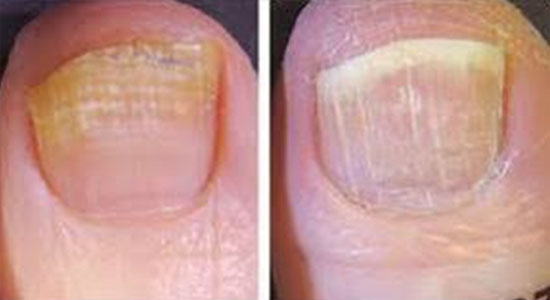
Hyperkeratosis
Diagnosis and treatment
Hyperkeratosis is a thickening of the outer layer of the skin. This outer layer contains a resistant and protective protein, called keratin.
This thickening of the skin is often part of the skin’s normal protection against friction, pressure and other forms of local irritation. It causes calluses on the hands and feet. It can create whitish areas in the mouth.
The podiatrist can identify the origin of the same and advise the type of footwear appropriate to our lifestyle.
Therapeutic treatment based on natural urea with very good results.

Diabetic foot
Diagnosis and treatment
Podiatry service of primary attention to the diabetic foot.
Vascular and peripheral evaluation.
Service of chiropody (clinical pedicure).
Templates for comfort and prevention of ulcers.
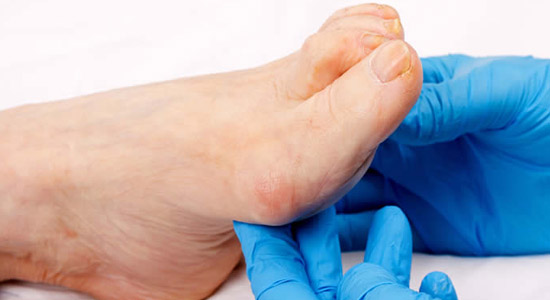
Hallux valgus (bunions)
Conservative treatment for pain and inflammation
Bunions, hammer or claw fingers: These problems generate a lot of discomfort for patients on a day-to-day basis, so the intervention of the podiatrist is very important.
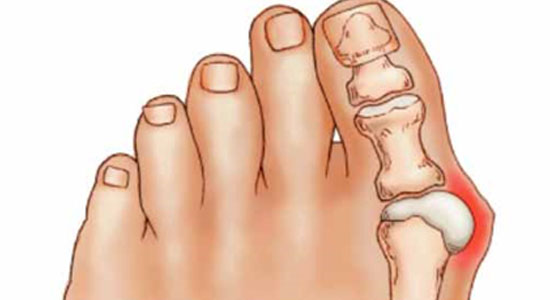
Assessment of the biomechanical examination
Conservative treatment with personalized template, European system
Flat or concave foot: the podiatrist performs a biomechanical study of the tread and applies corrective insoles that significantly improve the tread and its repercussions on hips and spine.
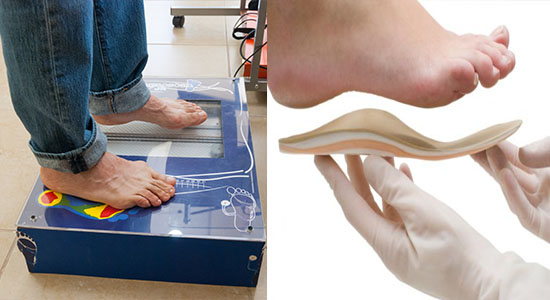
Ingrown toenail
Diagnosis and treatment
Definitive or corrective treatment of ingrown nail.
Onychocryptosis commonly called Incarnate Nail, is a fairly common condition that usually attacks the big toe, although it can indistinctly affect any toe.
It is a pathology of traumatic etiology, and consists of a spicule or splinter from the lateral edge of the nail that is embedded in the soft tissue of the groove.
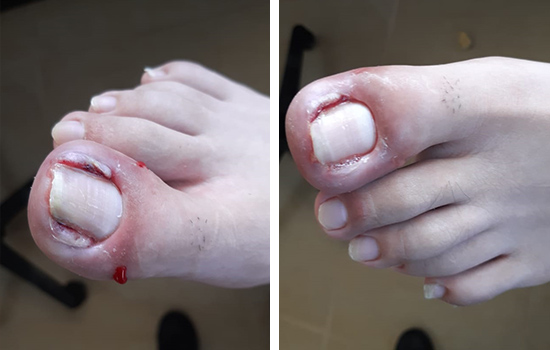
Plantar papilloma (fish eyes)
Conservative therapeutic treatment (non-aggressive)
Papillomas are small lesions of the benign type caused by the so-called human papilloma virus (HPV), which can occur in isolation or be grouped and, if not diagnosed in time, can be very painful, especially in the case of children.
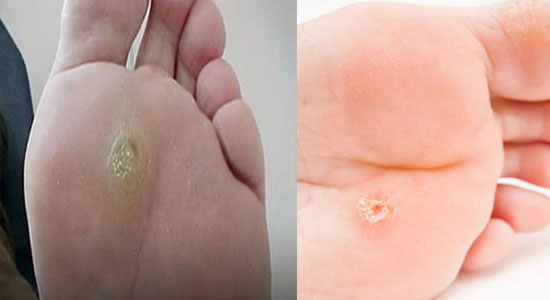
Plantar fasciitis and heel pain
Conservative treatment with foot rehabilitation therapy
Inflammation occurs when the thick band of tissue on the sole of the foot (fascia) is stretched or overloaded too much. This can be painful and make walking more difficult. You are more likely to have plantar fasciitis if: You have problems with the arch of the foot (flat foot for example).

Interdigital and dorsal callosity
Diagnosis and treatment
Treatment of silicone orthosis and therapeutic urea.
